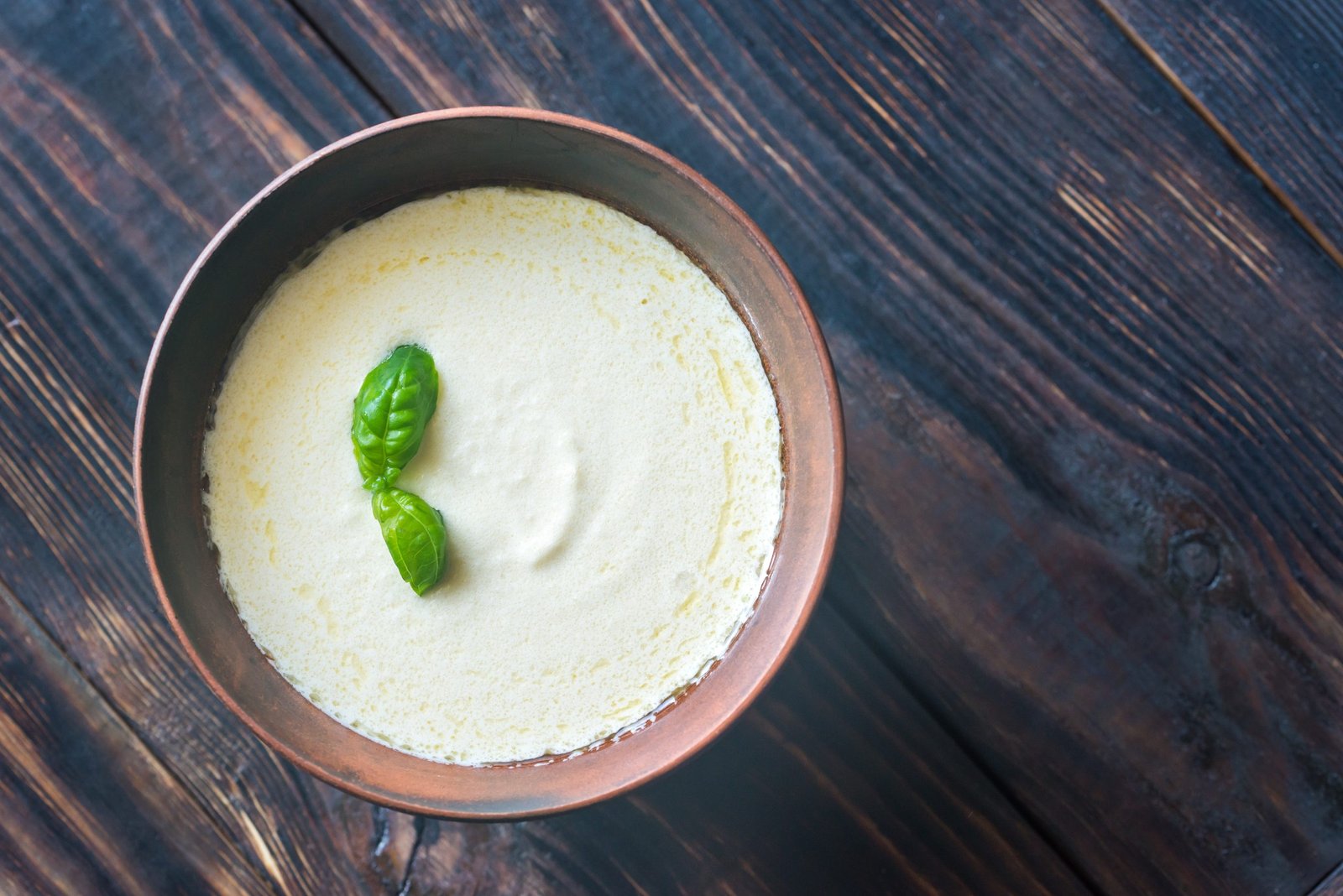
by jayjagger | Sep 23, 2020 | dairy free, Gluten Free, Nourishing Recipes, Sauces and Dips, Vegan
This deliciously creamy white sauce is a total winner when you need something to top of your garden-veg, as a great alternative to mayonnaise, and simply a nice dip without any of the guilt. If on a cleanse, simply skip the olive-oil and make this a virtually fat-free...

by jayjagger | Sep 21, 2020 | Ayurveda, Healing Herbs, Nutrition, Turmeric
‘Turmeric’, ‘Curcuma’, ‘Kurkuma’, ‘the golden spice’, ‘the yellow gold’ and ‘golden goddess’ to name but few. This super spice has many names, and just as many, if not more, excuberant healing...

by jayjagger | Sep 20, 2020 | Ayurveda
Ayurveda is an ancient healing system that orginated in India. It can be traced back to pre-historic healing scripts (the Vedas) to somwhere between 3,000 – 5,000 years ago. Ayurveda talks about how to care and look after your body and how to maintain balance...






